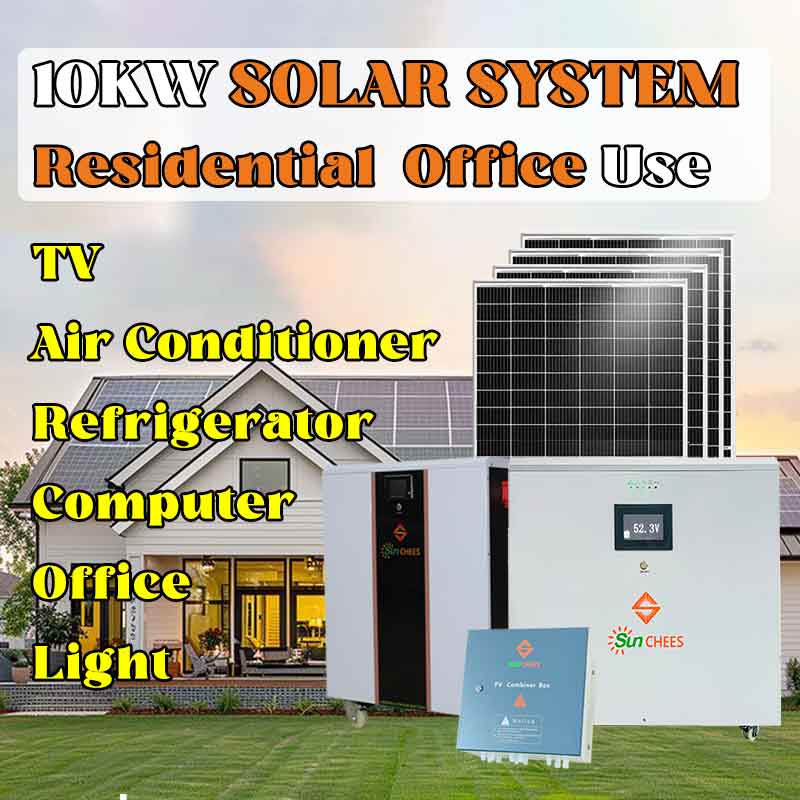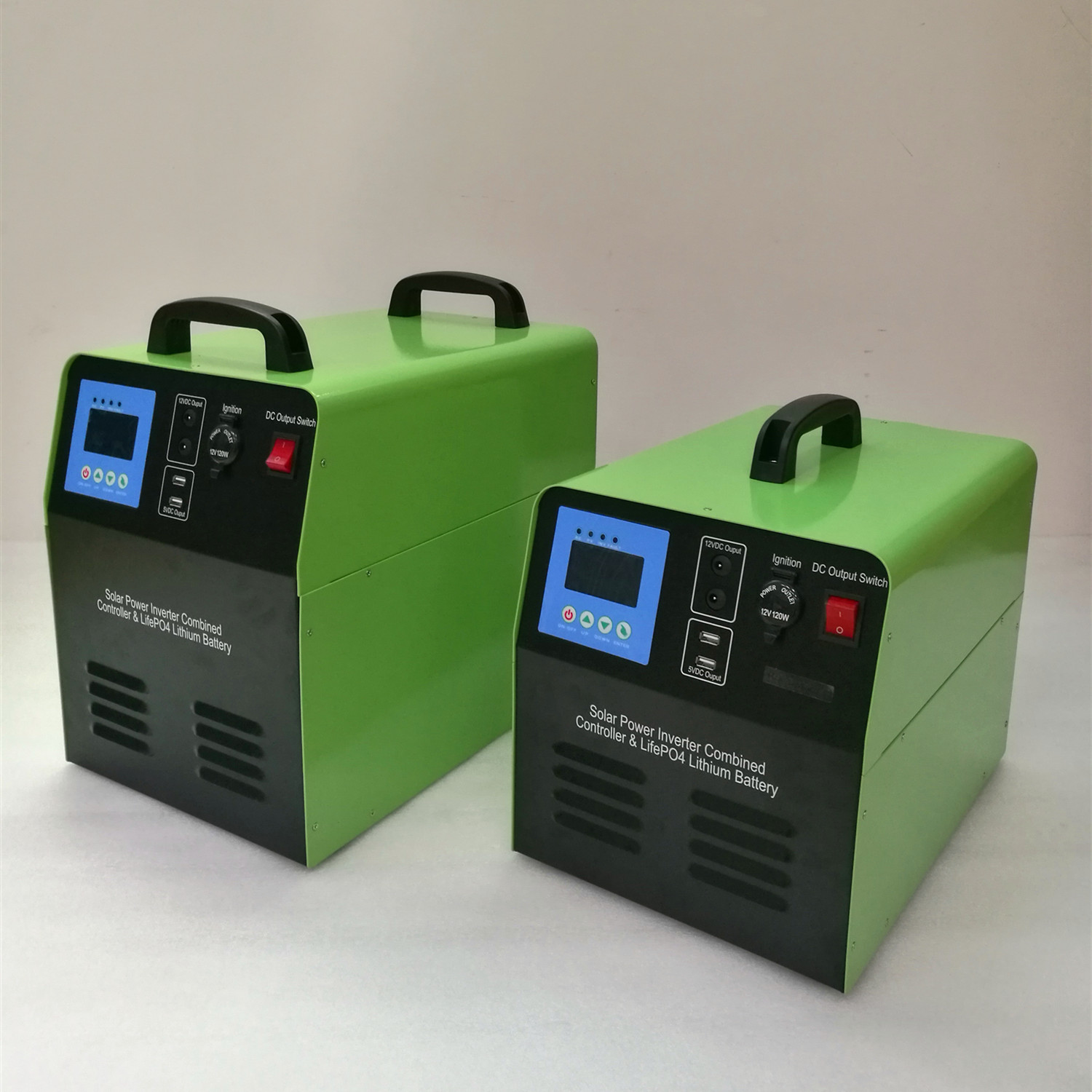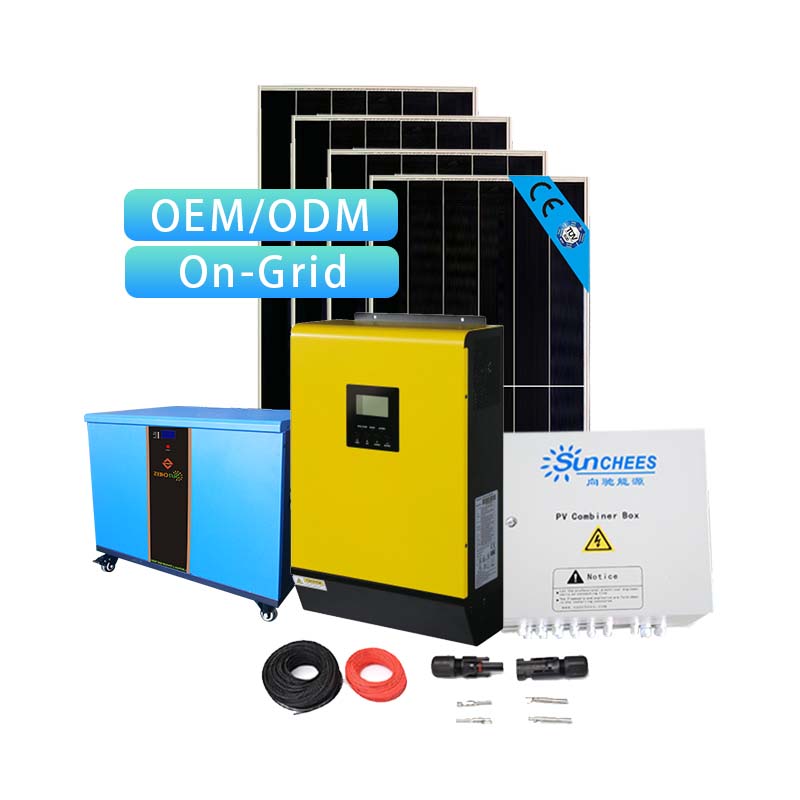How to Measure Your Home Solar System in the Caribbean?
 May 30,2025
May 30,2025

 sunchees solar system
sunchees solar system
Power Supply Paradise: How to Measure Your Home Solar System in the Caribbean?
Why is solar energy meaningful in the Caribbean region?
High electricity tariffs (typically $0.30 to $0.50 per kWh), Can reduce 90% of electricity bills
Plenty of sunshine (more than 300 sunny days per year), The efficiency of solar power generation can reach 100%
Vulnerability of the power grid during hurricanes, Storage batteries ensure the normal use of household appliances during hurricanes
Sustainability goals for island ecosystems
How to choose a suitable solar system for your home?
Steps 1: Calculate your energy demand
Analyze your electricity bills for the past 12 months(the key factor is the seasonal nature of air conditioning)
Typical usage for Caribbean households: - Small apartment: 400-600 kWh/month - Medium with air conditioning: 800-1,200 kWh/month
Equipment list: Air conditioners (most consumers!), refrigerators, water pumps, dehumidifiers ect
Step 2: Caribbean geographical environment and sunlight duration
Maximum sunlight hours: 5-6 hours per day (above global average)
Tropical heat → panel efficiency loss (10-15% capacity increase needed)
Salt corrosion → marine-grade equipment required
Hurricane risk - Solar mounts can withstand up to 71.53 m/s,
Step 3: Calculate solar system size
Daily energy ÷ peak sun hours ÷ system efficiency (0.8) = required power
*600 kWh/month ÷ 30 days = 20 kWh/day
*20 kWh ÷ 6 solar hours ÷ 0.8 = 5kW system
Add a 20-30% buffer for hurricanes/cloudy days
Step 4: Solar System Design Options Suitable for Caribbean Islands
Off grid solar system with battery ,this can working 24hours ,Free use of energy , don’t need pay electricity bill , High upfront investment costs
On/off grid solar system ; When sunlight is intense (solar power is prioritized for electricity supply during daylight hours): Solar panels generate electricity, which is directly supplied to the load via an inverter. Excess electricity is utilized to charge the energy storage batteries. If the energy storage batteries are fully charged, the surplus power is directed to the gri, .Battery backup for storms, higher return on investment
Battery size is critical. 3-7-day backup for hurricane season
Step 5: Caribbean Homeowner Professional Tips
1. Choose salt-resistant panels(e.g., double-sided glass-glass)
2. Use oversized inverters that are 20% smaller to reduce heat
3. Include rapid shutdown for fire safety
4. Budget for regular cleaning (dust/sand accumulation)
Step 6:Key Recommendations
1. Start with an energy audit (aim to reduce by 30% first)
2. Hybrid systems offer the best value for hurricane resilience
3. Future scalability (EVs/heat pumps coming soon!)
In the Caribbean, solar isn't just about saving money—it's about security. Proper sizing ensures the sun becomes an uninterrupted lifeline during hurricane season.




 Home
Home
 Best Home Solar Power System in 2025: Cost, Installation, Battery vs. No Battery Explained
Best Home Solar Power System in 2025: Cost, Installation, Battery vs. No Battery Explained  You May Also Like
You May Also Like






 Tel
Tel
 Email
Email
 Address
Address















